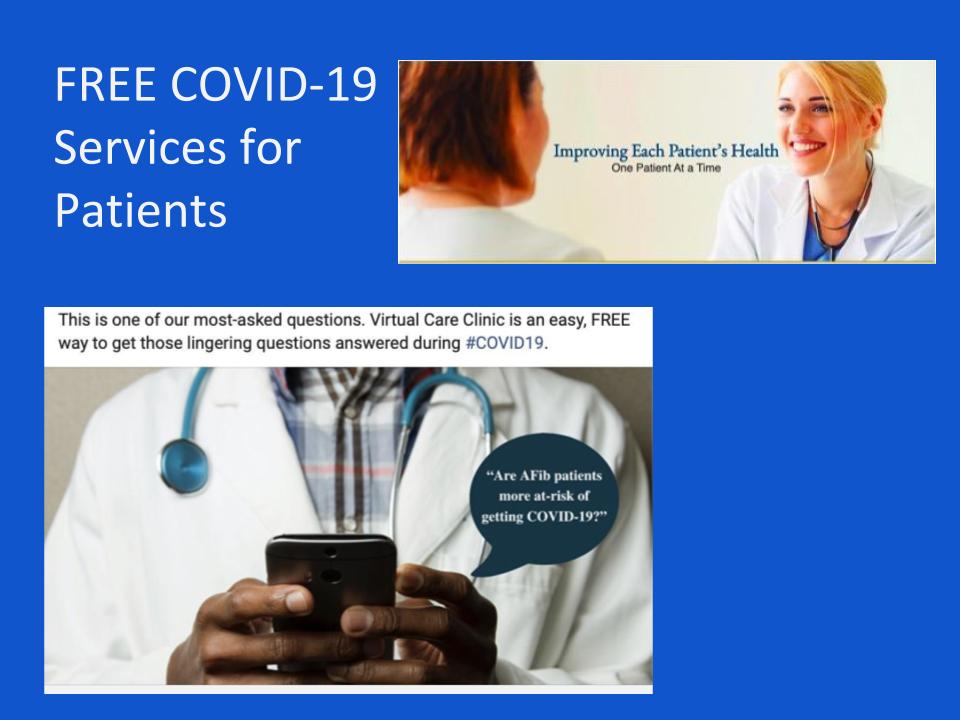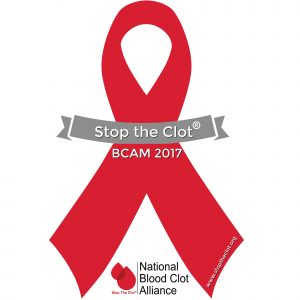Please Note: As the COVID Pandemic has ended, the nursing chatline has been shut down.
PLEASE DO NOT ASK QUESTIONS ABOUT YOUR HEALTH IN THE COMMENT SECTION OR INCLUDE ANY PERSONAL INFORMATION ABOUT YOURSELF.
If you’d like a confidential chat with us, please go to our Virtual Patient Care website, by clicking here.
We will try to answer questions asked in the comment section as the answers may be helpful to other patients.
Virtual Patient Care is a free online service where patients can speak with experienced registered nurses and get personalized answers to their questions.
In this video by Michael Wong, Founder and Executive Director of the Physician-Patient Alliance for Health & Safety explains what prompted the Physician-Patient Alliance and its cardiovascular partners – American Heart Association, AC Forum, Heart Rhythm Society, StopAfib.org, Mended Hearts, and Preventive Cardiovascular Nurses Association – to establish a nursing chat line:
“During the current COVID-19 conditions, patients face the burdens of social distancing and increased difficulty in reaching clinicians busy with emergencies. To meet the pressing needs of patients during this COVID pandemic, the Physician-Patient Alliance, with an unrestricted grant from the BMS-Pfizer Alliance, and our cardiovascular partners recently launched a free virtual patient care website and chat line.”
Continue reading “FREE Patient-to-Nurse Chat Line” →



